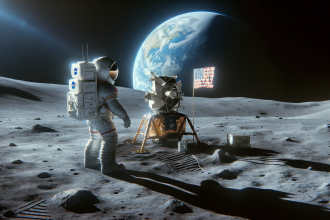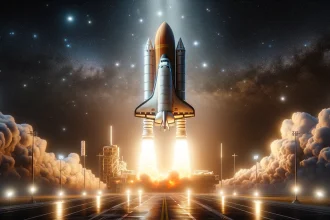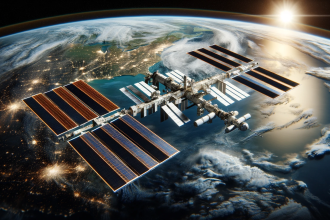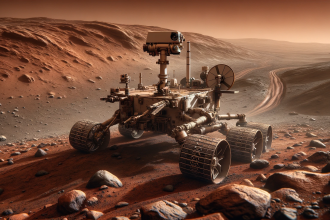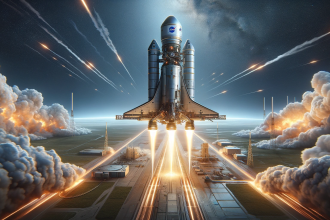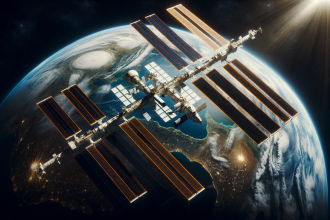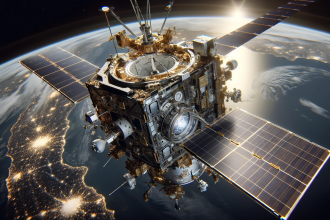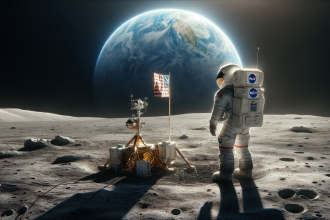NASA Boosts In-Space Manufacturing with New Awards
NASA's InSPA awards boost U.S. in-space manufacturing efforts. These awards aim to create a profitable market for LEO-manufactured goods. High-quality…
Hubble Reveals Surprising Activity in Nearby Galaxy
Messier 105 shows unexpected star formation and activity. Stars near its center move rapidly around a supermassive black hole. Hubble's…
NASA and Boeing Discuss Starliner’s Performance
NASA and Boeing to discuss Starliner’s propulsion system performance. Key figures from NASA and Boeing will participate in the teleconference.…
NASA Chooses Leidos for $476.5M Cargo Mission Support
NASA awards a contract to Leidos for mission support. The contract is potentially valued at $476.5 million. Leidos will handle…
NASA Chooses SpaceX for Critical ISS Deorbit Mission
NASA selects SpaceX for ISS Deorbit Vehicle development. SpaceX's vehicle will ensure safe ISS deorbit by 2030. ISS has been…
NASA Finds Phosphate in OSIRIS-REx Asteroid Sample
The OSIRIS-REx mission unveiled surprising elements in Bennu's samples. Magnesium-sodium phosphate hints at ancient oceanic conditions. Further studies will deepen…
NASA Unveils New Visualization of Pillars of Creation
NASA's new 3D visualization explores the Pillars of Creation. Combines data from Hubble and James Webb Space Telescopes. Educational tools…
NASA Scientists to Join ESA’s Hera Mission
NASA selects 12 scientists for ESA’s Hera mission. Hera to study the Didymos/Dimorphos asteroid system. Mission aims to validate kinetic…
NASA Flies Pride Flag on International Space Station
NASA flew the Pride flag on ISS in December 2021. Johnson Space Center champions diversity in space exploration. Diverse perspectives…
NASA Tests New SLS Rocket Adapters for Artemis Missions
NASA tests adapters for Artemis missions at Marshall Space Flight Center. Block 1B configuration enables more ambitious deep space missions.…

